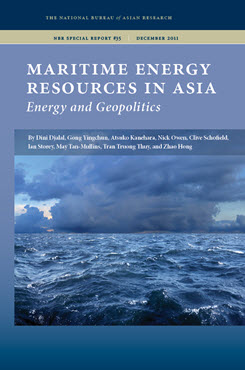Asia's Changing Balance of Military Power
Implications for the South China Sea Dispute
This essay examines the impact of Asia’s shifting balance of military power on the South China Sea dispute and how the implementation of confidence-building measures (CBM) could reduce the risk of miscalculation and conflict.
EXECUTIVE SUMMARY
This essay examines the impact of Asia’s shifting balance of military power on the South China Sea dispute and how the implementation of confidence-building measures (CBM) could reduce the risk of miscalculation and conflict.
MAIN ARGUMENT
Tensions over contested territorial and maritime boundary claims in the South China Sea have been rising since 2007 due to a combination of factors, including regional military modernization programs. In particular, the rapid expansion of the Chinese navy has strengthened Beijing’s hand in the dispute, put Southeast Asian claimants at a disadvantage, and called into question the sustainability of the status quo. Existing dispute management mechanisms—specifically the 2002 ASEAN-China Declaration on the Conduct of Parties in the South China Sea (DoC)—have been ineffective in mitigating rising tensions. If further instability is to be avoided, ASEAN and China must pursue the concrete implementation of CBMs, including those identified in the DoC.
POLICY IMPLICATIONS
The DoC provides a convenient framework to operationalize cooperative CBMs in the South China Sea, including:
- increased dialogue between Southeast Asian countries and China at their annual defense and security discussions
- advanced notification of military exercises and naval patrols in the South China Sea
- establishment of telephone hotlines for use in crisis situations
- negotiation of incidents-at-sea agreements to avoid naval skirmishes


